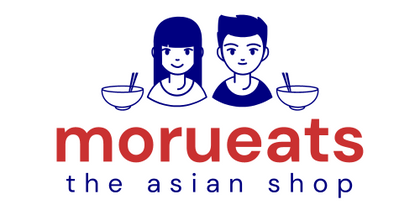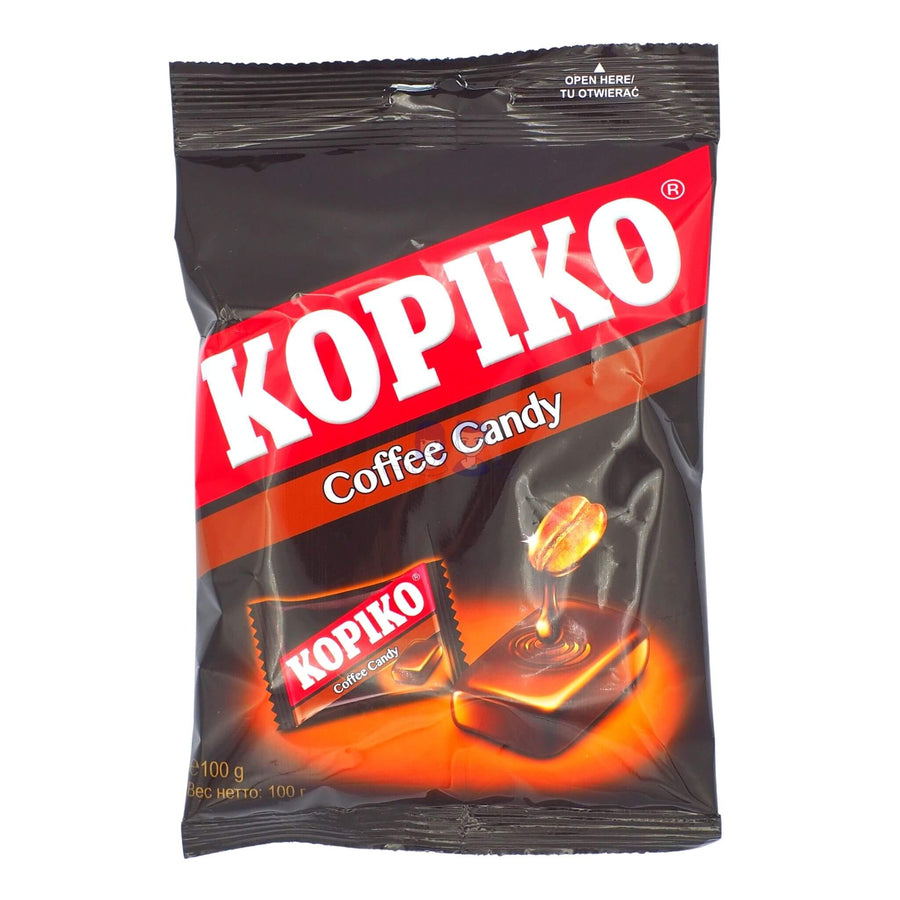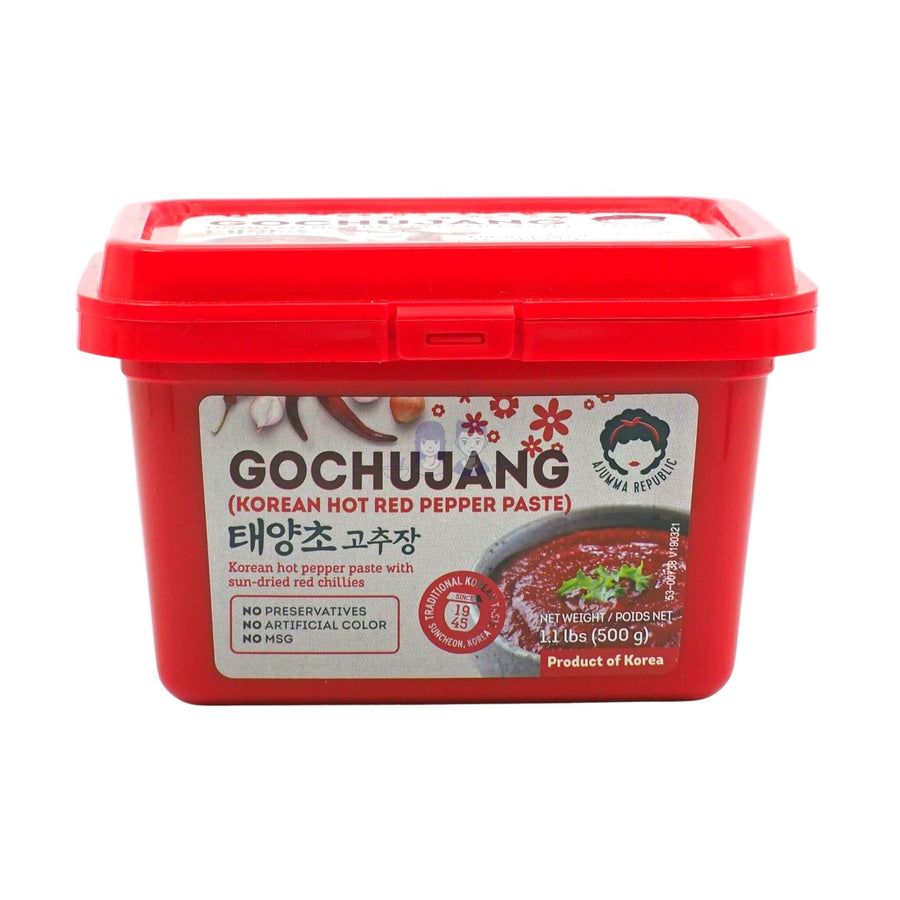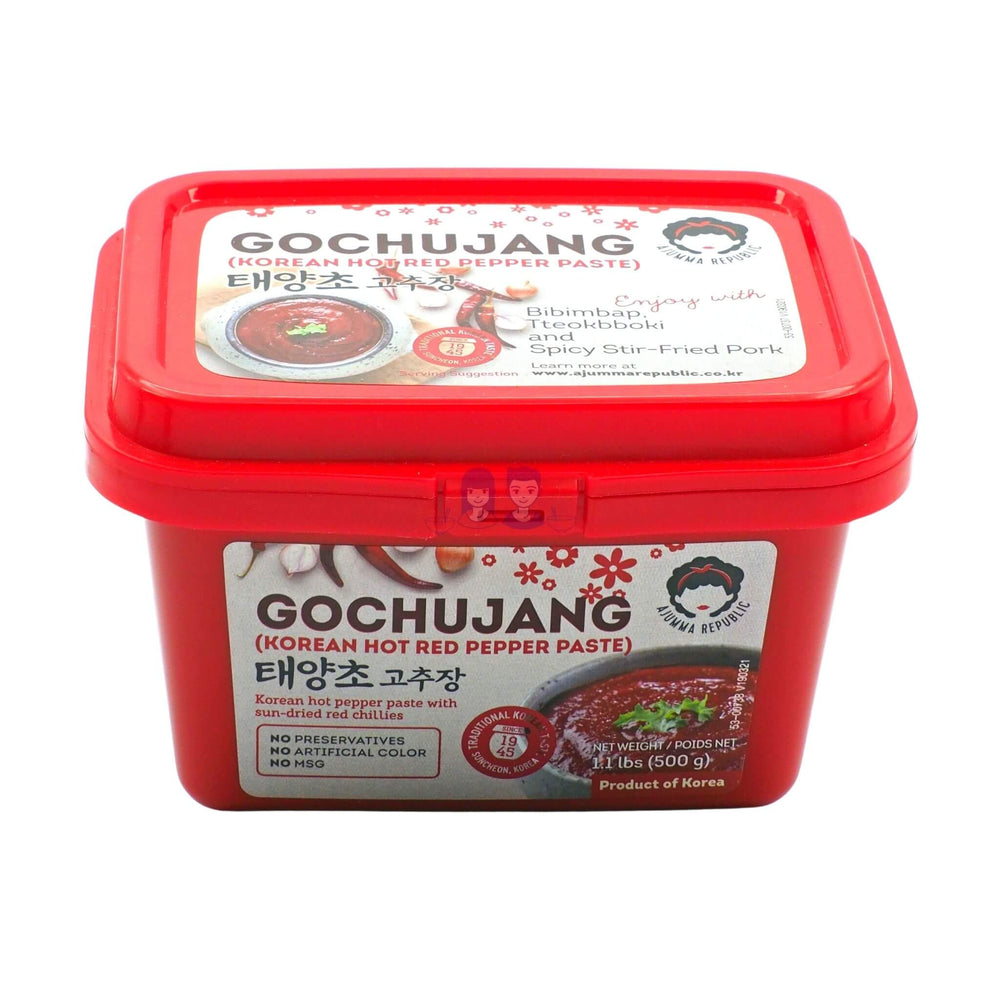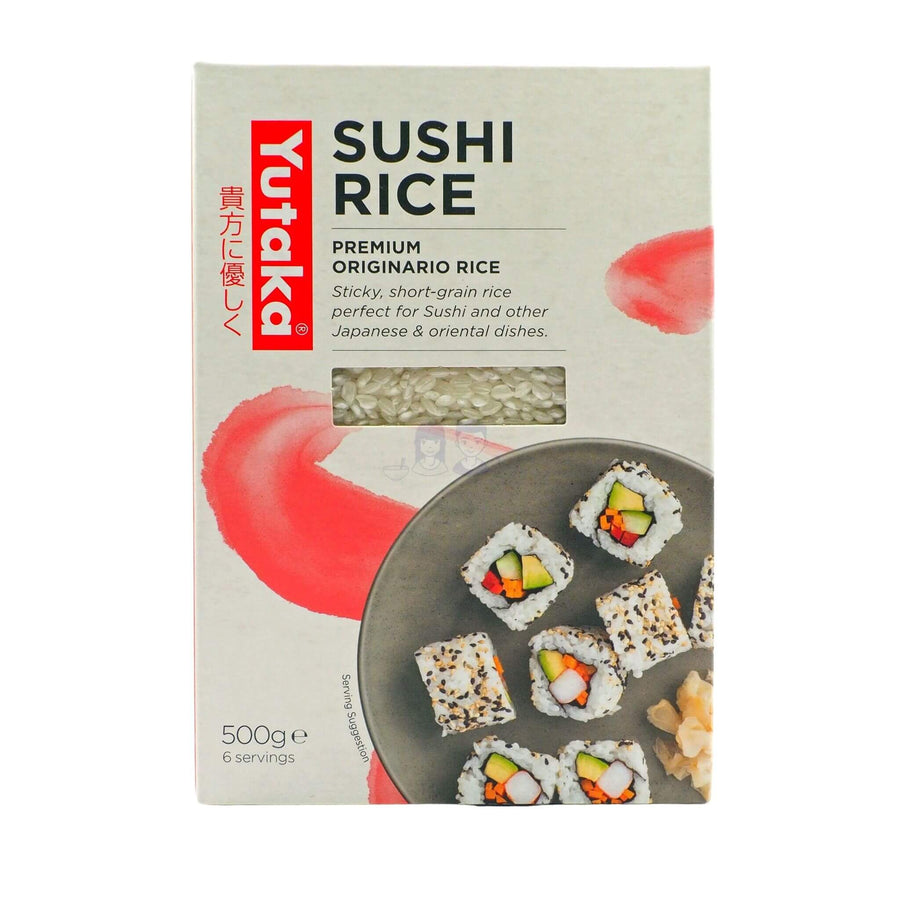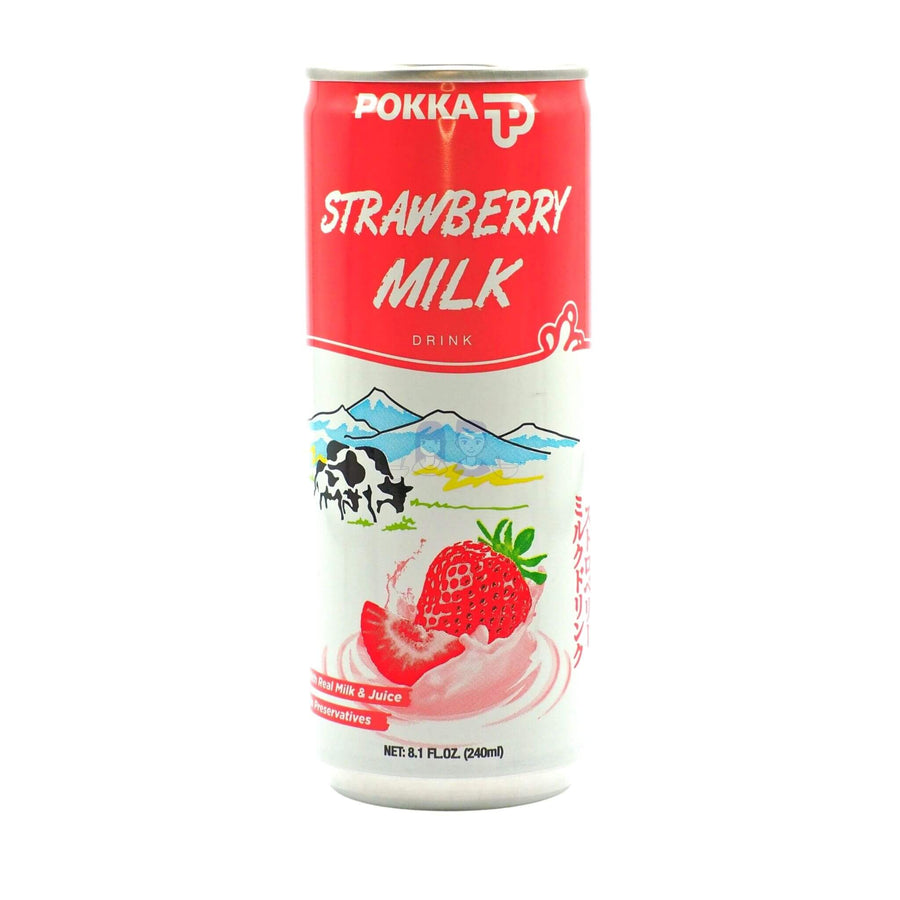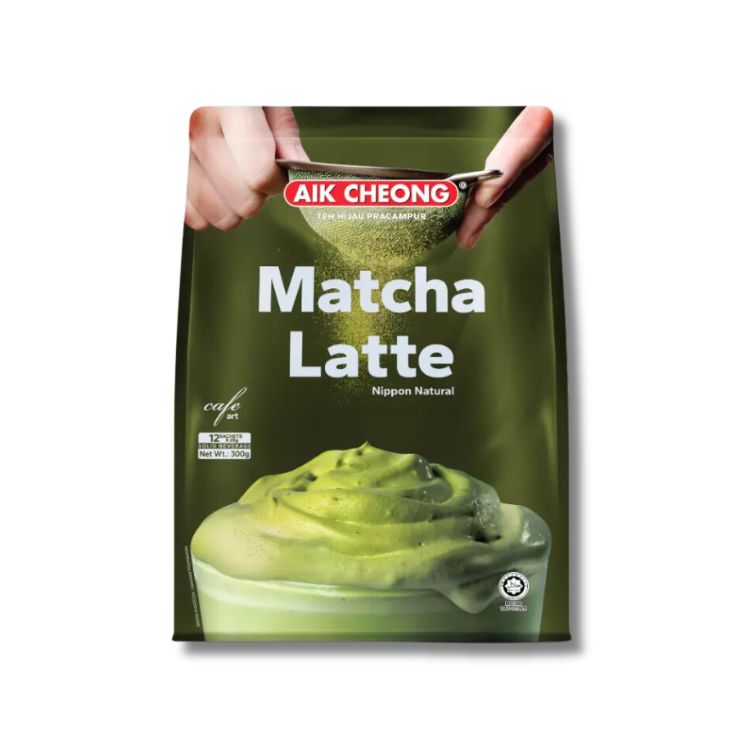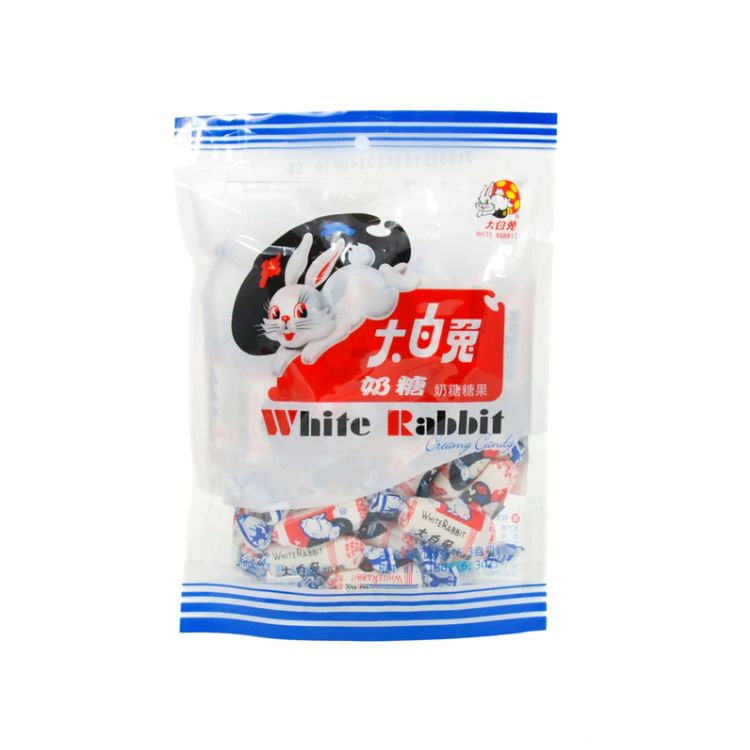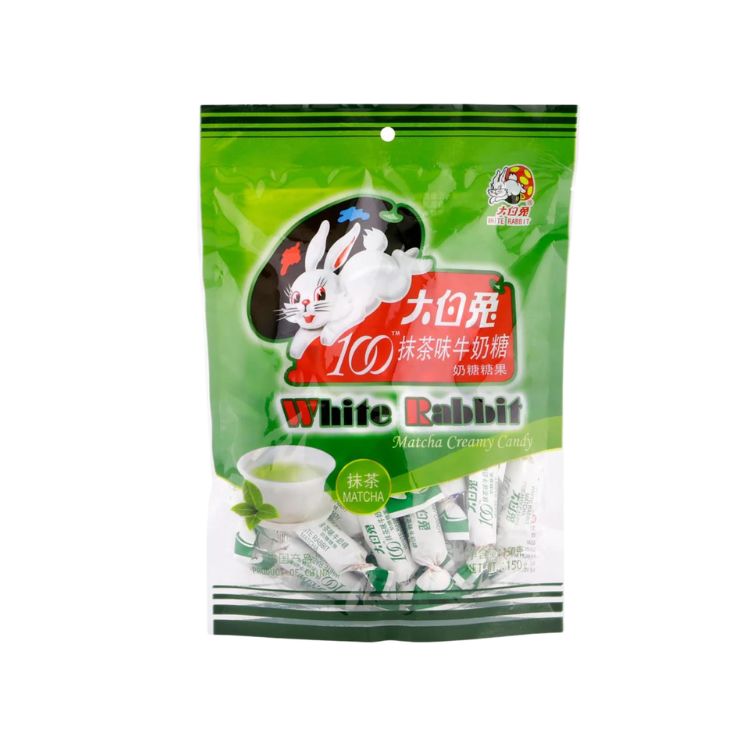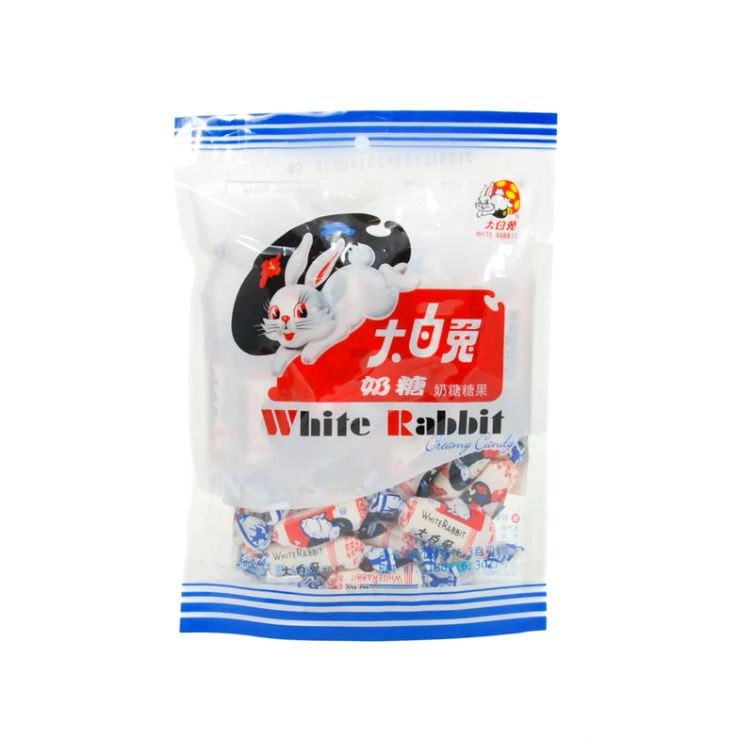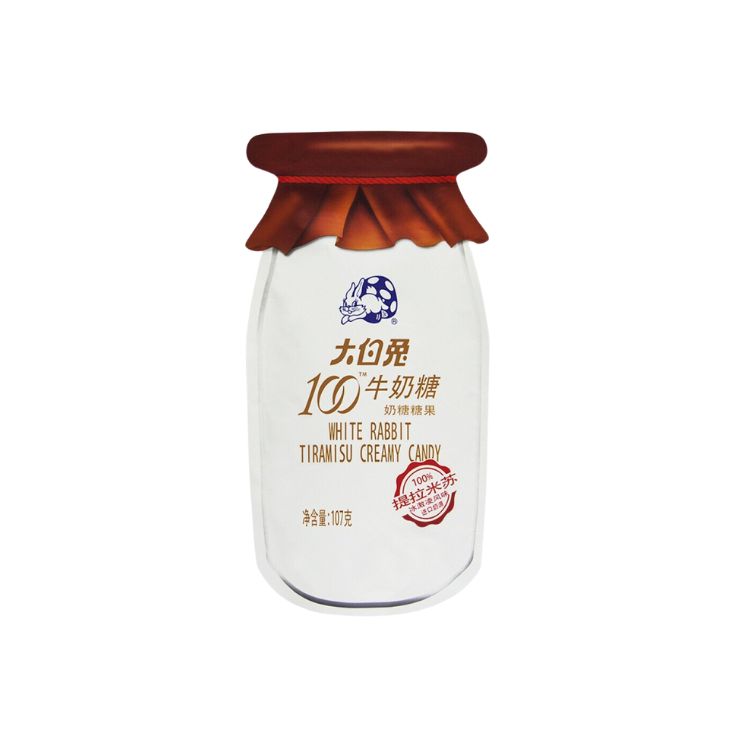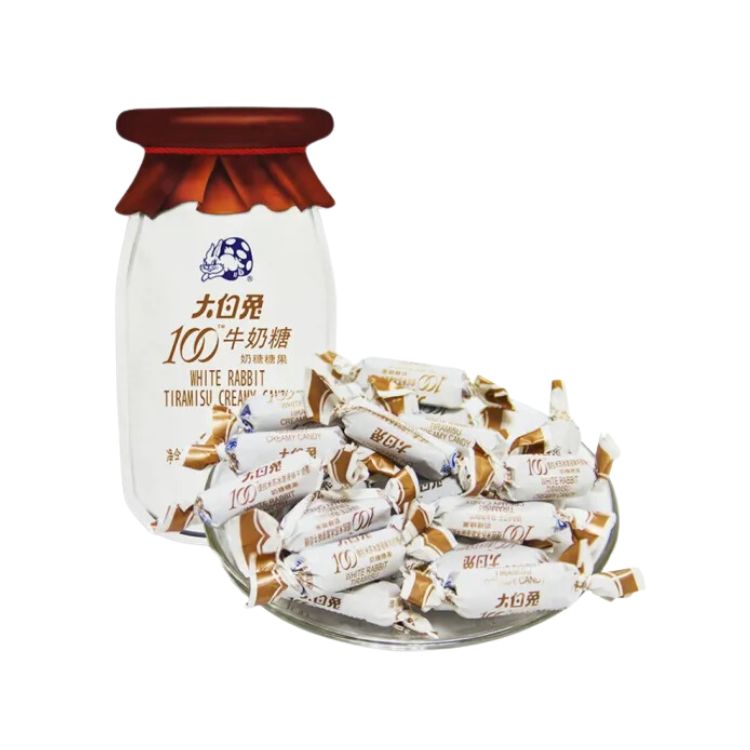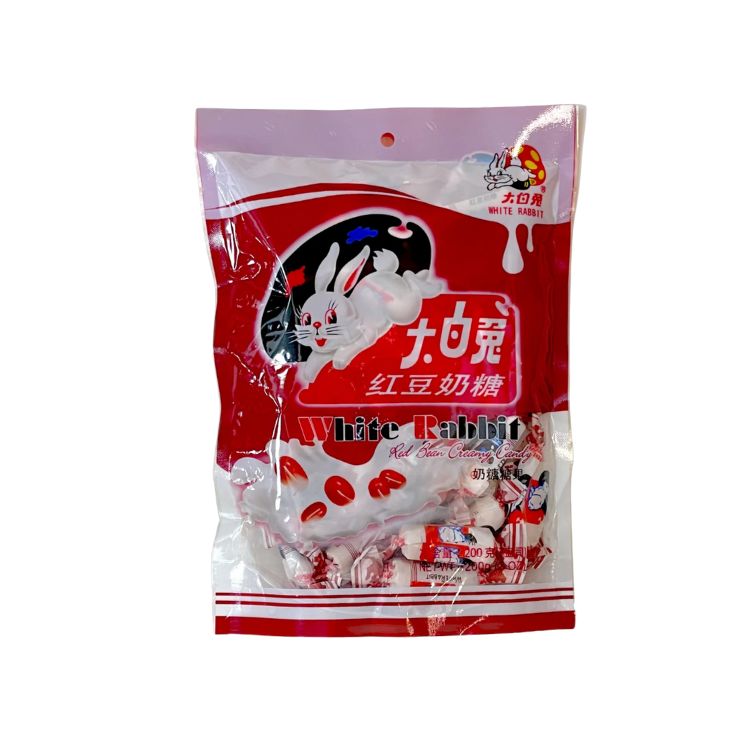White Rabbit Candies: The Iconic Chinese New Year Sweet
White Rabbit Candies have captured the hearts of sweet lovers worldwide. They are perhaps best known for their edible rice paper wrapping, distinctive creamy milk taste, and chewy texture. This beloved candy has become iconic, especially during special occasions. The largest is Chinese New Year celebrations, where they are often given as a gift to family and friends.
→ Shop now: Our handpicked range of White Rabbit Candies
What Is White Rabbit?
White Rabbit Candies are popular Chinese boiled sweets that originated in Shanghai in the 1940s. They are known for their creamy, milky flavour and soft, chewy texture. One of the unique aspects of White Rabbit is its packaging including an edible rice paper wrapper. This adds an extra layer of indulgence and uniqueness to the candy-eating experience.

→ Shop now: Our handpicked range of White Rabbit Candies
What Does White Rabbit Taste Like?
When you unwrap a piece of White Rabbit Candy, you will immediately notice the subtle texture of the outer wrapper, made from edible rice paper. This is followed by the rich, milky flavour of the inner sweet which is smooth and creamy. We find that the sweet dissolves slowly in your mouth, and creates a distinctive sensation.
Origins of White Rabbit
The White Rabbit Candy story started in Shanghai, China in 1943. An employee at the ABC Candy Factory, inspired by a delicious English milk sweet, decided to create a similar product. After six months of development where the recipe was perfected, ABC launched their first milk candies in China. These tasted great, and cost less than imported sweets so quickly won over the hearts of the locals.
ABC launched under the brand name ABC Mickey Mouse, and the early packaging included a red Mickey Mouse on their outer wrappers. But times changed, and so did ABC's ownership. As it became a state enterprise in the 1950s, Mickey Mouse no longer fitted the image as it became politically sensitive. The new packaging showcased a white rabbit next to a paint palette. The design was unique, with red, blue, and black colours standing out on a white background.
Over the years, the wrapper's rabbit has evolved from a resting pose to an energetic jump. Today, the packaging brags a large-eyed rabbit with a touch of Disney or anime magic, while the candy inside keeps its classic look.
Production was initially limited to less than one tonne daily, and candies were made by hand. As such, there quickly became a lot more demand than supply for these sweets.
Now a top sweet in China, White Rabbit has been cleverly marketed for health benefits: "Seven White Rabbit Candies equal one cup of milk." Although we can't verify this, the slogan caught on with students in the late '70s and '80s. They even turned the candies into hot milk treats on their dorm stoves!
White Rabbit also started to get a reputation as a gift for special occasions. They were used as gifts on China's 10th National Day in 1959 and perhaps most famously in 1972 when Premier Zhou Enlai - who always kept a pack of White Rabbit on his bed - presented them to U.S. President Nixon. In 2013, Xi Jinping visited the new White Rabbit factory in Shanghai and gifted White Rabbits to officials while on a visit to Mongolia.
How Is White Rabbit Candy Made?
The core ingredients of White Rabbit are milk, sugar, and glutinous rice. The manufacturing process starts by heating the milk and sugar together to form a thick and creamy white paste. The glutinous rice is then added to the mixture and cooked to further increase its thickness and stickiness. Once ready, the mixture is shaped into small, bite-sized pieces, and wrapped in thin layers of edible rice paper.
Cultural Significance and Role in Chinese New Year
White Rabbit Candies have become closely associated with Chinese New Year celebrations. They hold a significant place in the festival and are often given as gifts to family and friends. In Chinese culture, White Rabbit Candies symbolise sweetness and prosperity for the new year ahead. The candy's irresistible flavour and connection to tradition make it a must-have Chinese New Year snack.
Local and Global Popularity of White Rabbit
Ask someone from Shanghai what their favourite sweet is, and there's likely to be only one answer.
White Rabbit Candies account for around five percent of all candies sold in China. The demand for White Rabbit from Chinese consumers spikes around major holidays. This is especially true for Chinese New Year and mid-Autumn Festival. During these holidays, it becomes a favourite treat and gift for guests.
While the White Rabbit brand has a historical past anchored in China, its global fame has surged over the decades. This is especially true since China's economic opening up, which has helped it become one of the most popular Chinese snacks. Off the back of this, White Rabbit's international sales are now above 5% of total sales.
More than 40 countries and regions, including the US, several countries in Europe, and Singapore, now enjoy these sweets. The brand has developed a cult following with Wong's Ice Cream in Canada, which introduced a White Rabbit Candy inspired ice cream flavour in 2017.
White Rabbit Flavours
White Rabbit is a sweet treat that brings back a lot of nostalgia. But did you know they come in at least 18 different flavours? And we're not just talking about the usual ones like original or green tea. There are exciting options like red bean, durian, and wasabi!
Here's our list of White Rabbit flavours:
- Mango
- Yoghurt
- Cool (Mint)
- Corn
- Coffee
- Wasabi
- Durian
- Red Bean
- Chocolate
- Original
- Green tea
- Coconut Milk
- Banana
- Tiramisu
- Lychee
- Strawberry
- Toffee
- Butter Plum

Where Can I Buy White Rabbit Candy?
White Rabbit Candies are readily available in Asian grocery stores and can be purchased online through various platforms. If you want to experience White Rabbit's authentic taste and quality, you can visit morueats.com, which offers a wide range of White Rabbit varieties. Keep an eye out for any special offers or exclusive flavours that may be available on the website.
Final Word
White Rabbit Candies have captivated candy lovers worldwide with their unforgettable taste and cultural significance. By trying different flavours, especially during Chinese New Year celebrations, you can partake in the tradition and create a connection with cultural traditions. So, share the joy with your family and friends, and indulge in this iconic Chinese New Year sweet.
